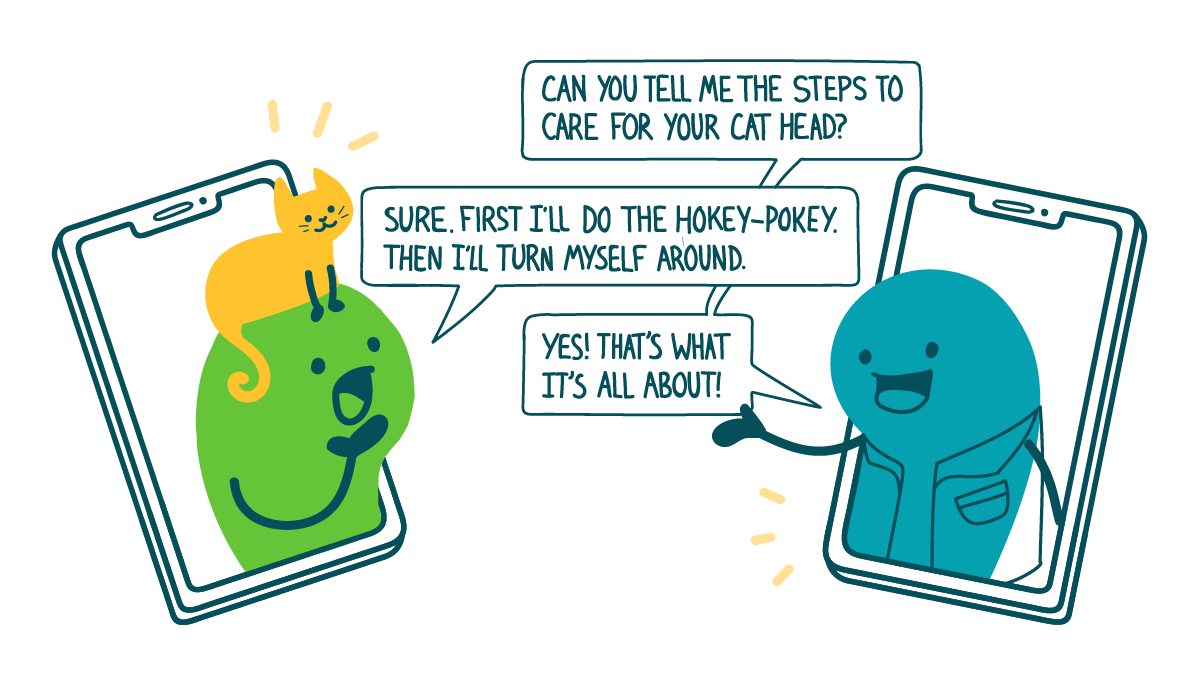
As you undoubtedly know by now, dear readers, we usually serve up tips for creating health education materials. But putting health literacy best practices into, well, practice isn’t only about writing. And we know that for many of you, face-to-face convos are a big part of your work.
Teaching someone health information in person — or by phone or Zoom — gives you a key advantage over written materials: You can find out in real time if your audience understands the information you’re communicating — and then explain it in a new way if they don’t.
How, you ask? The teach-back method! It’s a technique that health care providers and health educators can use to check for understanding. And with the growing number of telehealth visits — where health literacy problems could be harder to spot — it may be extra important to have a solid strategy for making sure you’re effectively explaining health information.
At its core, teach-back involves 4 steps:
- Explain the information. You know the drill: Use plain language, choose culturally familiar terms and examples, and focus on the relevant action steps. If you’re explaining an action — say, how to find allergens on a food label — demonstrate it if you can.
- Check understanding. This step is key because we know that people tend to say they understand health information even when they really don’t. So instead of asking, “Do you understand?,” ask people to explain what you told them in their own words. Emphasize that you’re not testing them but rather checking how well you explained the information. Try something like this: “I know that was a lot of information, and I want to make sure I explained everything correctly. Can you tell me in your own words what you need to do after this visit?”
- Re-explain if needed. If your first explanation didn’t quite get the job done, explain again in a new way. Try writing down the information you’re giving, circling key information on a handout they can take home, or navigating to a webpage together.
- Re-check understanding. Ask people again to explain in their own words. Focus on whatever they struggled with the first time. You can get creative here, too — if you’ve showed someone how to do something, like use an inhaler, ask them to demonstrate how they’d do it.
The bottom line: For in-person, phone, and video health convos, teach-back is an easy and effective way to make sure people understand health information.
Browse recent posts